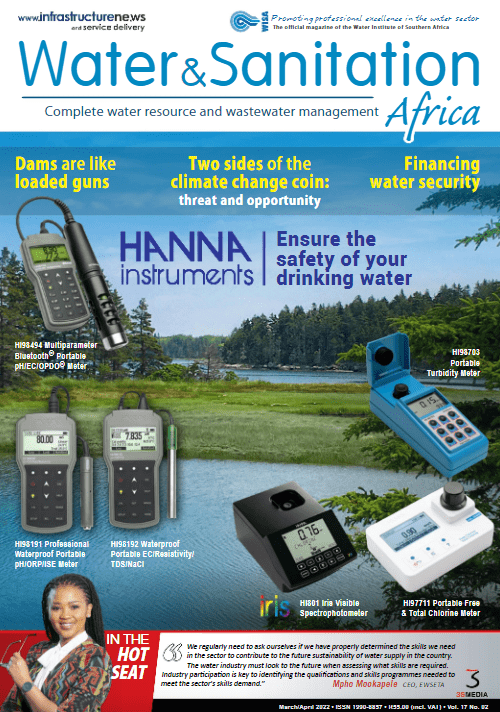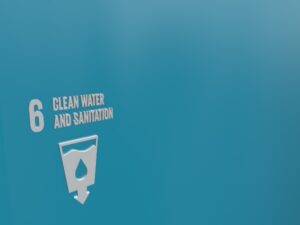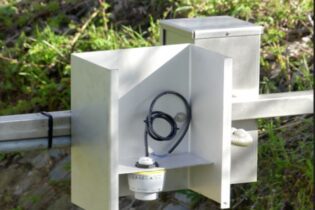The Department of Water and Sanitation (DWS) has a mandate to coordinate and implement SDG 6 in South Africa by 2030. WASA catches up with Mark Bannister, chief engineer and SDG 6 coordinator at the DWS, to find out about its implementation and progress.
The 2030 Agenda for Sustainable Development, adopted by all United Nations Member States in 2015, provides a shared blueprint for peace and prosperity for people and the planet, now and into the future. At its heart are the 17 Sustainable Development Goals (SDGs) that have built upon the successes and setbacks of the Millennium Development Goals (MDGs).SDG 6 relates to ensuring the availability and sustainable management of water and sanitation for all. South Africa’s DWS, as the custodian of water resources, is the leading agent for SDG 6. All the planning, collecting of data and reporting completed for SDG 6 is the responsibility of the Minister of Water and Sanitation, Senzo Mchunu. Reporting is coordinated through Stats SA as the custodian of statistical information of our country. “When people ask me, ‘Are we going to meet SDG 6 by 2030, I always say, ‘Yes, of course we are,’ but we all need to play our part – this is a ‘sector programme’ not a ‘DWS programme’. We either win together or lose together, and it is very much the Department’s intention to win. While progress is not as quick as we need it to be, as a sector, we must prioritise our actions, accelerate the process, and align ourselves with SDG 6 and the National Water & Sanitation Master Plan (NW&SMP) – we still have eight years to achieve this goal, and it’s up to all of us whether we achieve it or not,” says Bannister.
SDG 6 targets and indicators
He adds that, from an operational perspective, South Africa is one of the best-performing countries on the continent. “The UN is excited by our SDG 6 organisational structure, in particular our independently initiated five cross-cutting Task Teams in support of the eight SDG 6 targets covering issues such as climate change and water and sanitation interlinkages between the other 16 SDGs.”
The SDG 6 programme continually measures the gaps that exist within its respective eight targets and 11 indicators. As these gaps change, the Target Task Teams provide recommendations for transformation and influence specific programmes/ projects to keep the programme on track in meeting the 2030 deadline. It is important to recognise the link between sustainable development and other relevant ongoing processes in the economic, social and environmental fields, such as the National Development Plan and NW&SMP, which the SDG 6 programme positively influences.
“Closing these gaps is a collective responsibility for the whole sector; each and every stakeholder in the business of water and sanitation – whether the private sector, civil society, mining, agriculture, government, research institutions – is responsible for closing the gaps,” explains Bannister. Read more: https://issuu.com/glen.t/docs/wasa_march_2022








